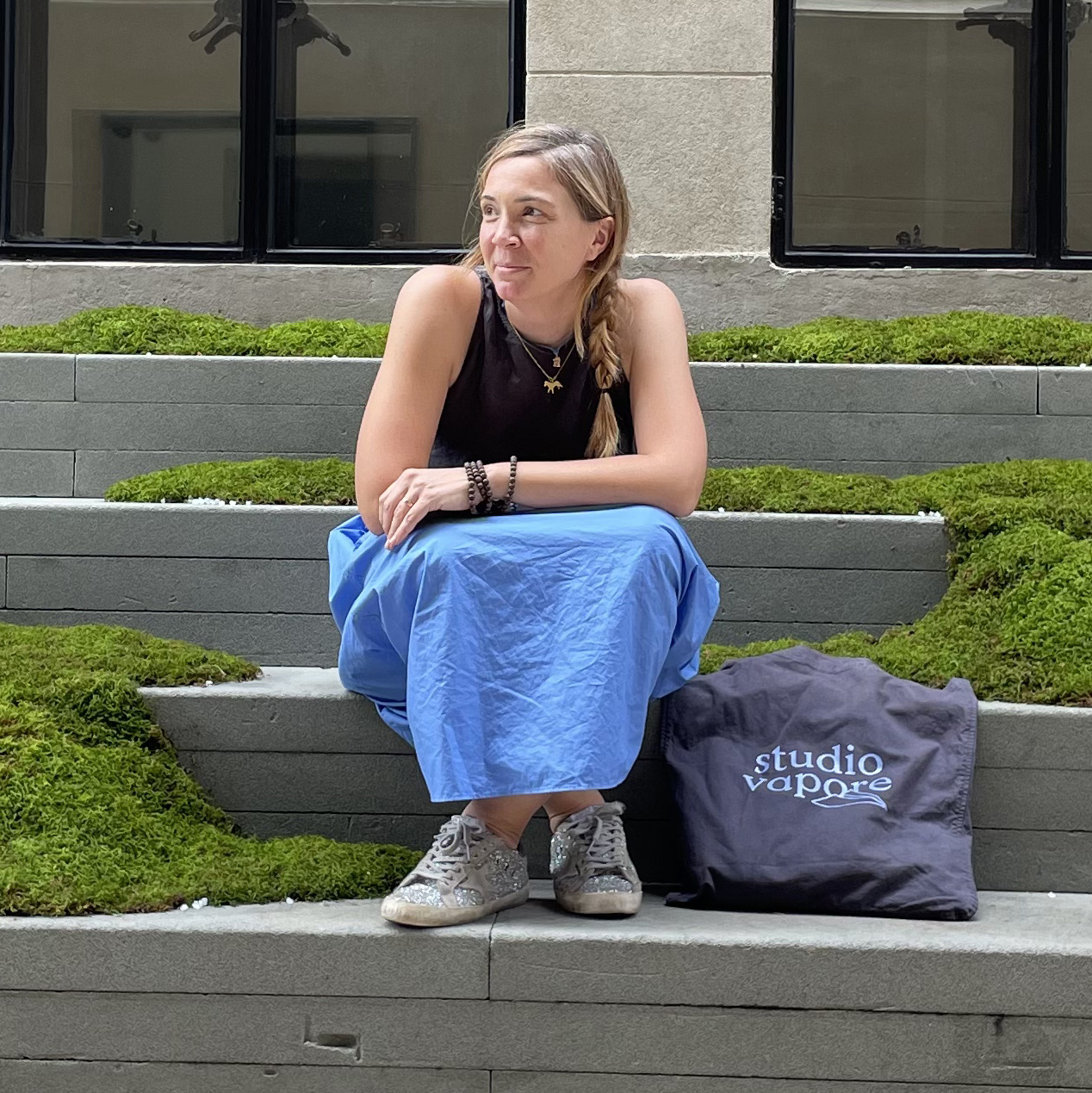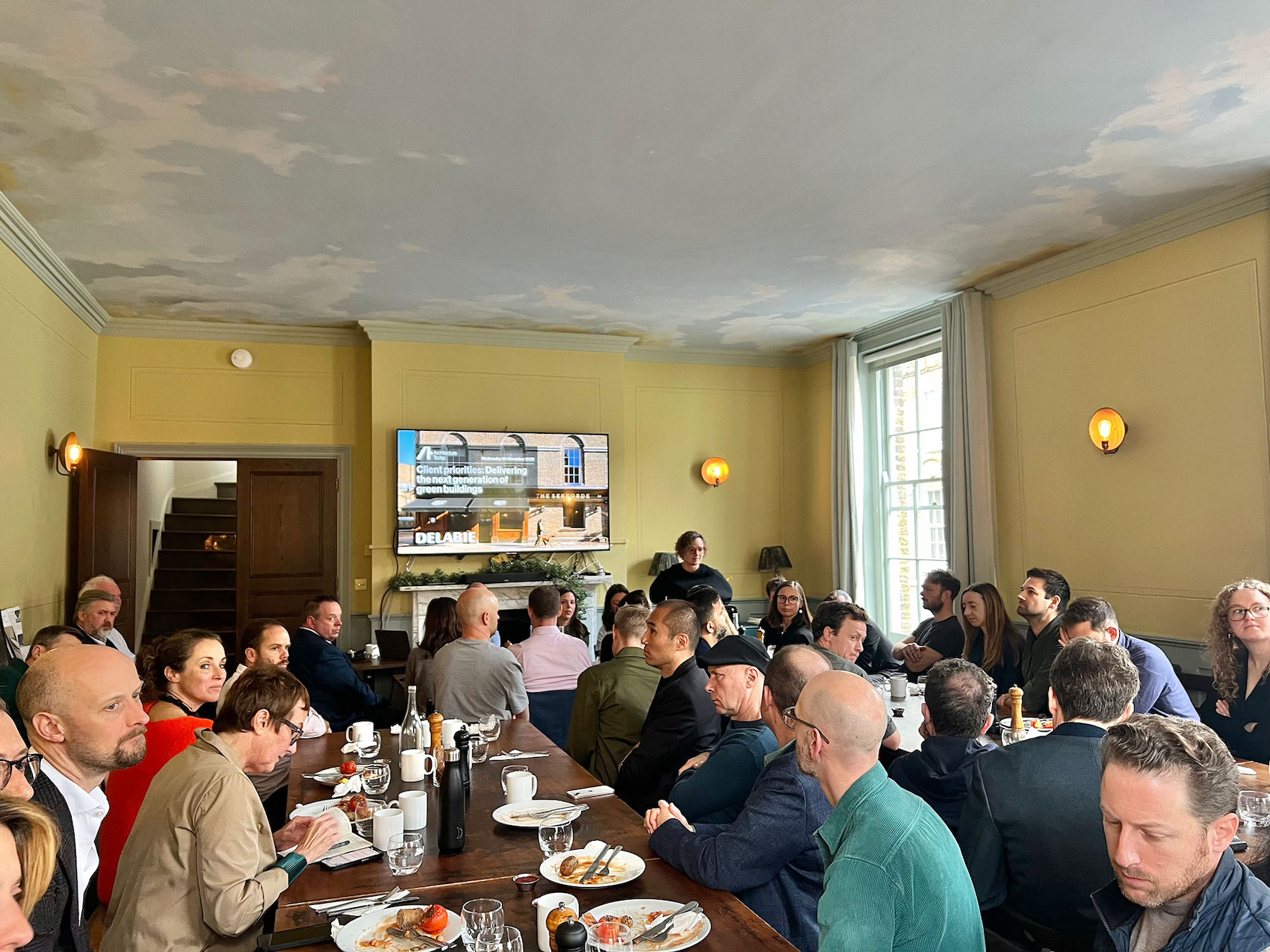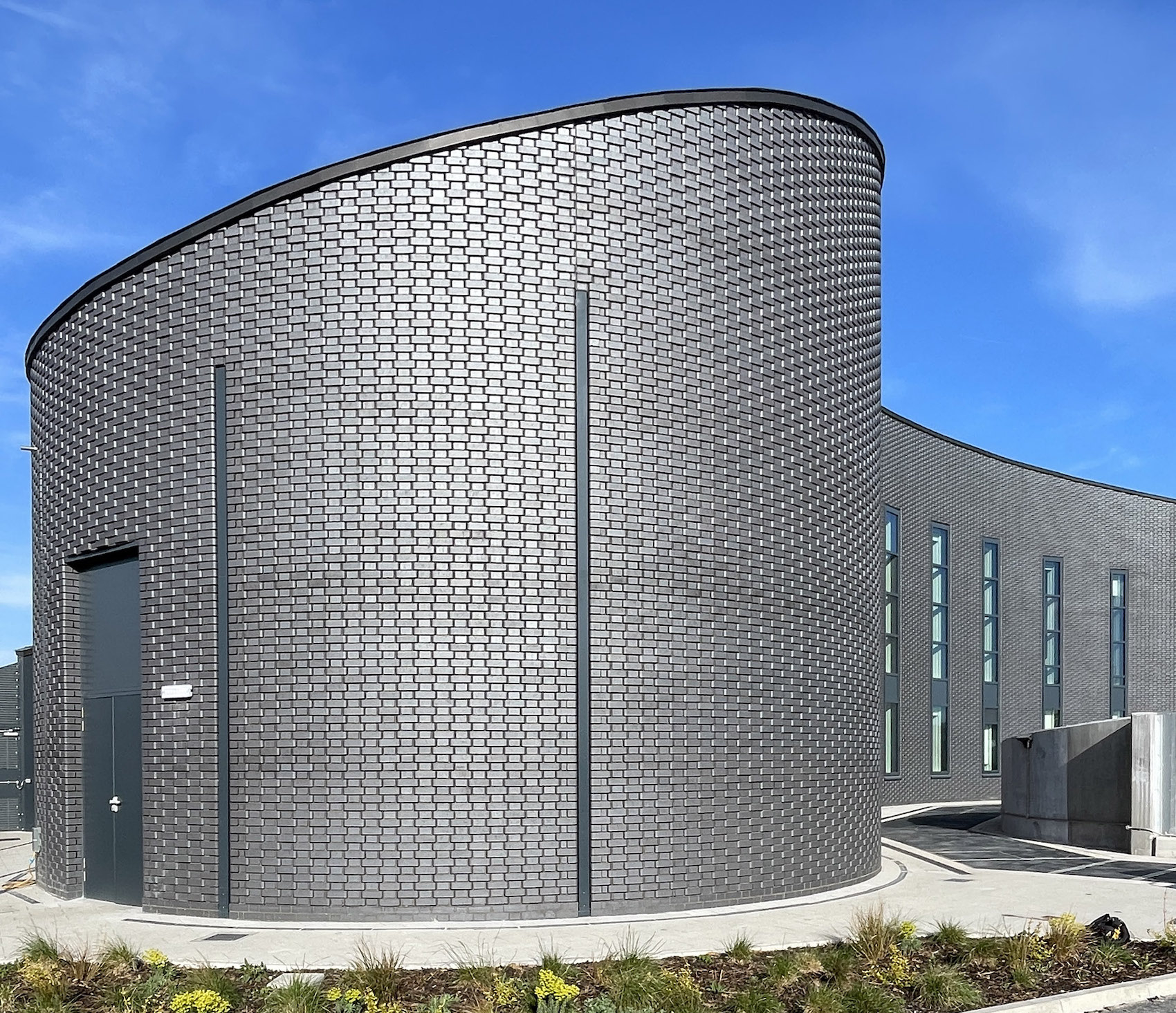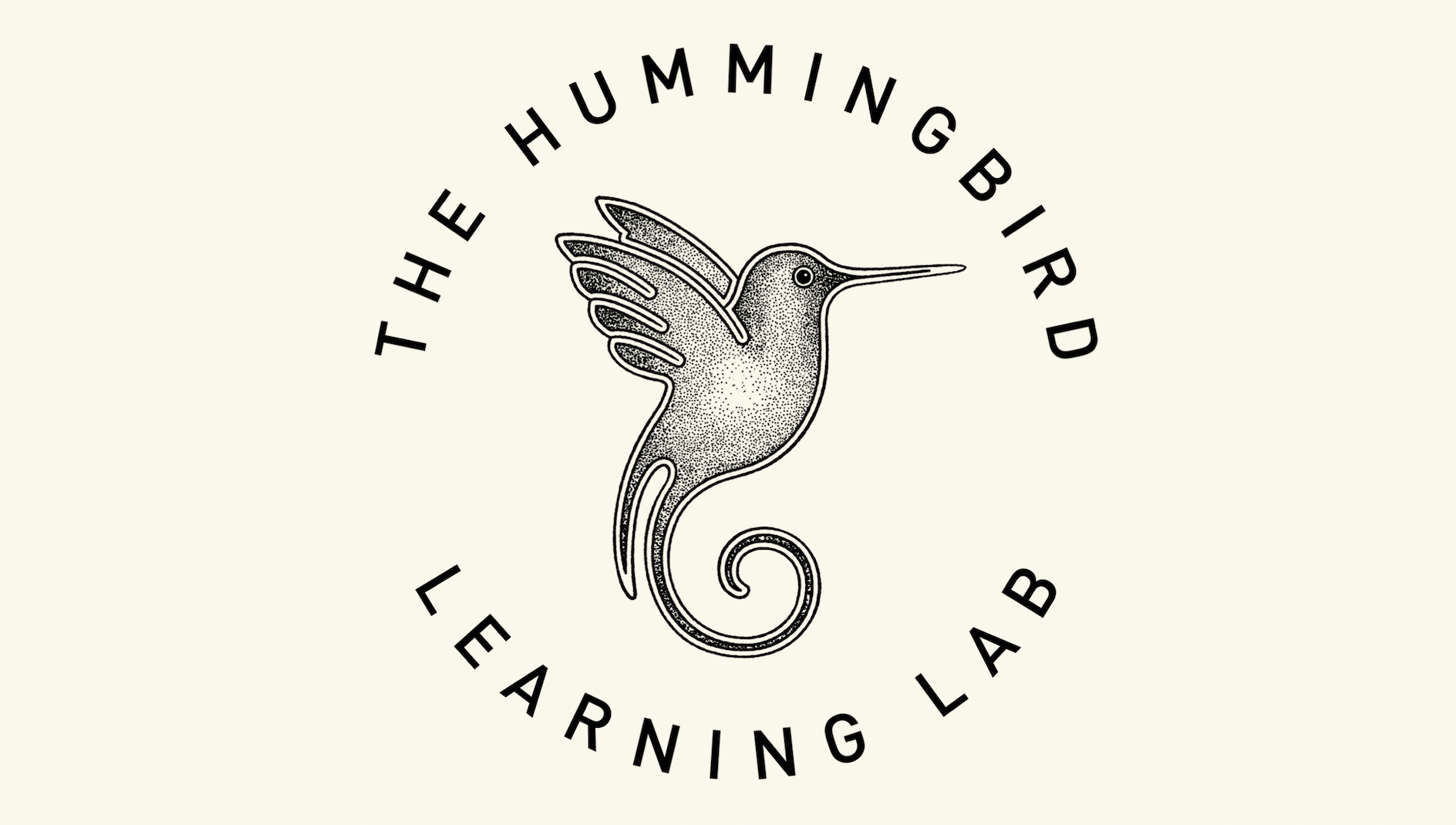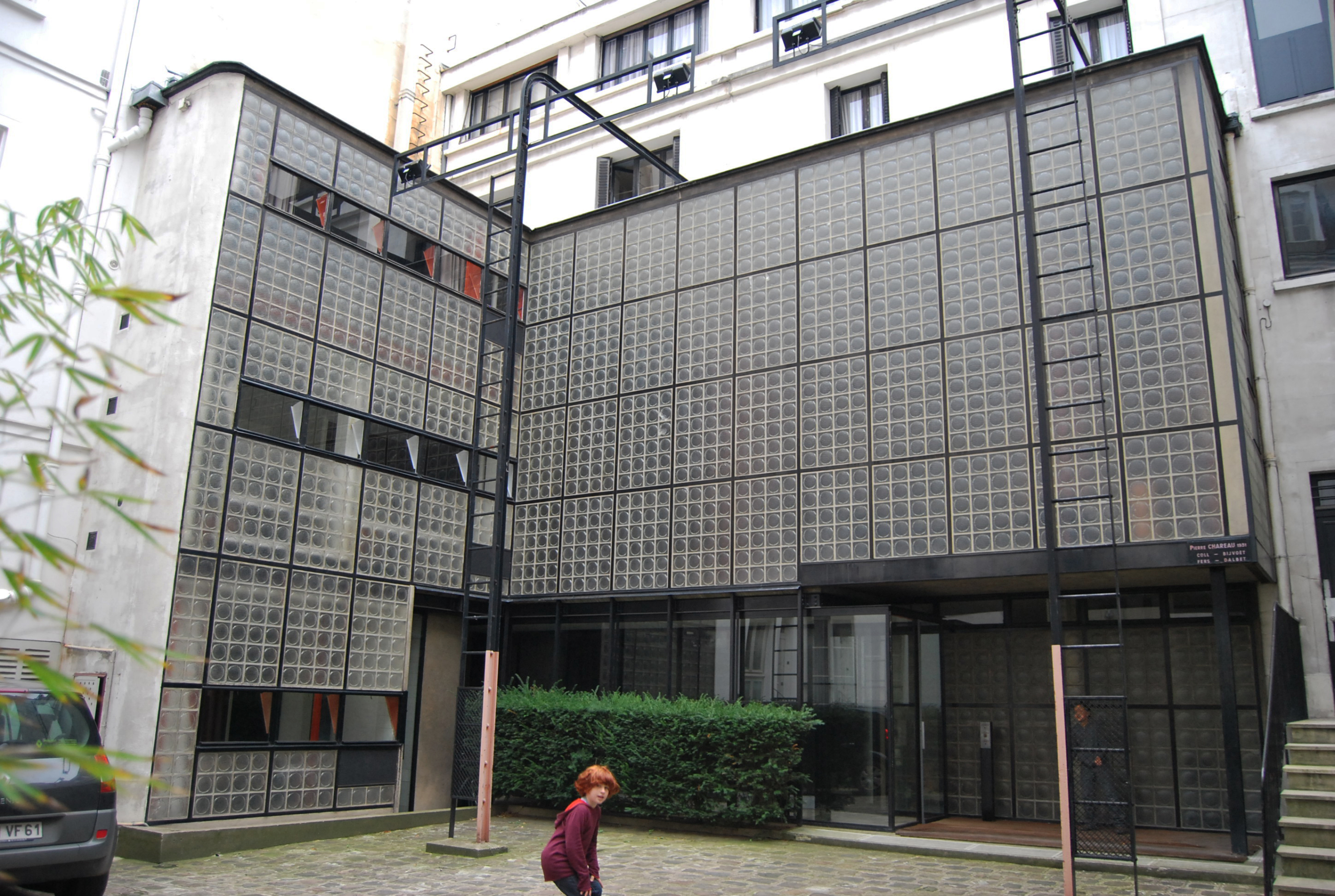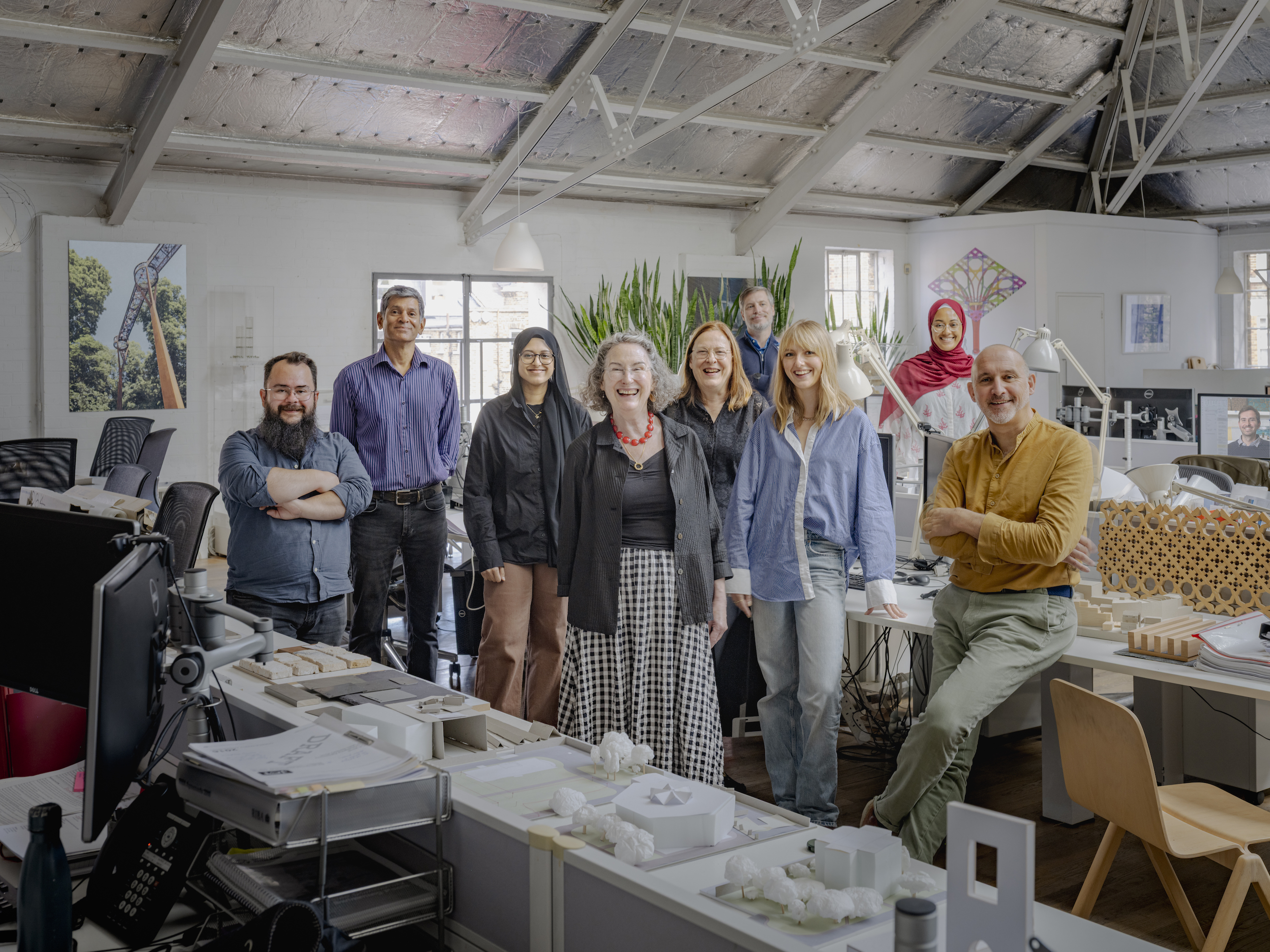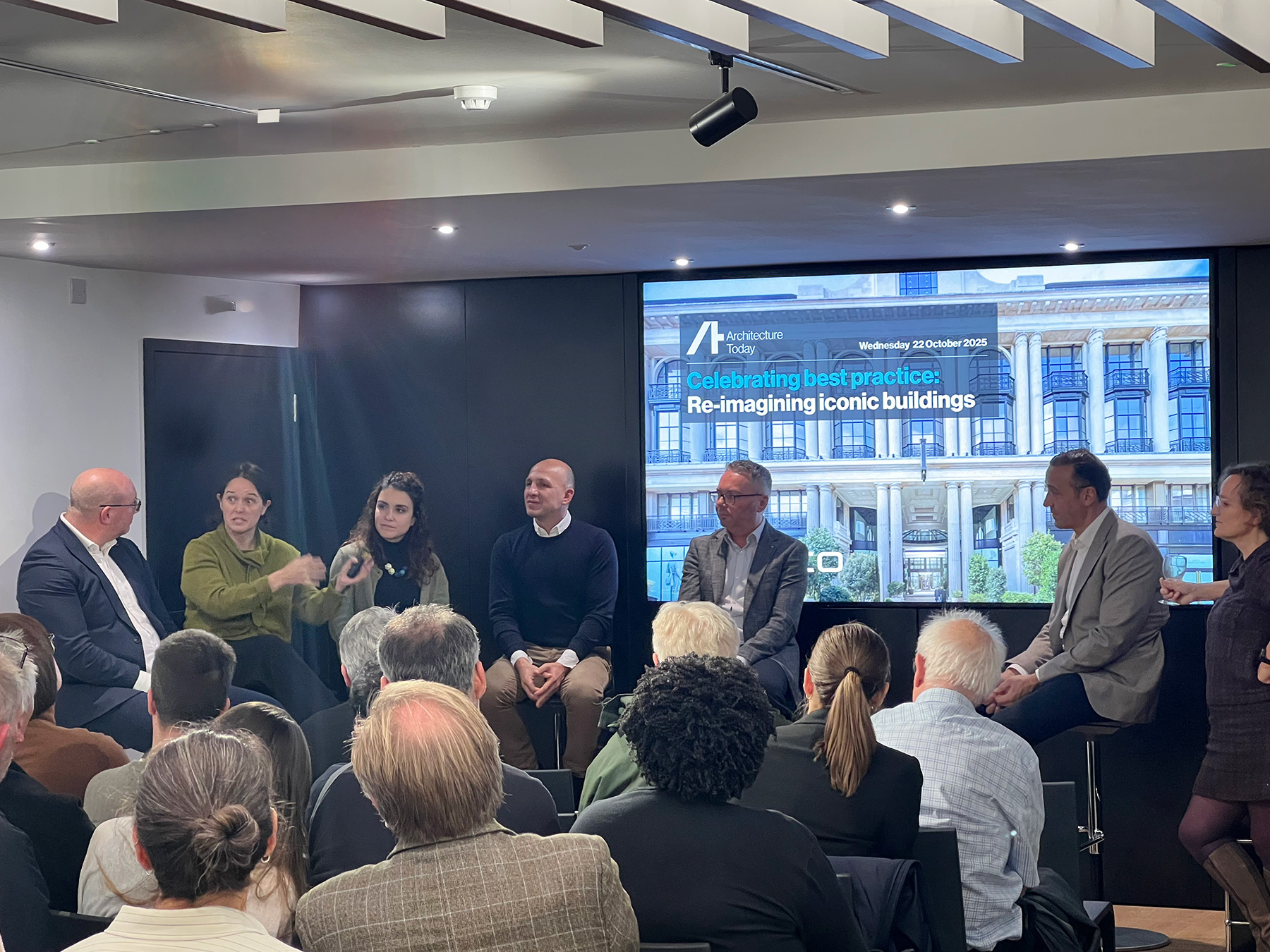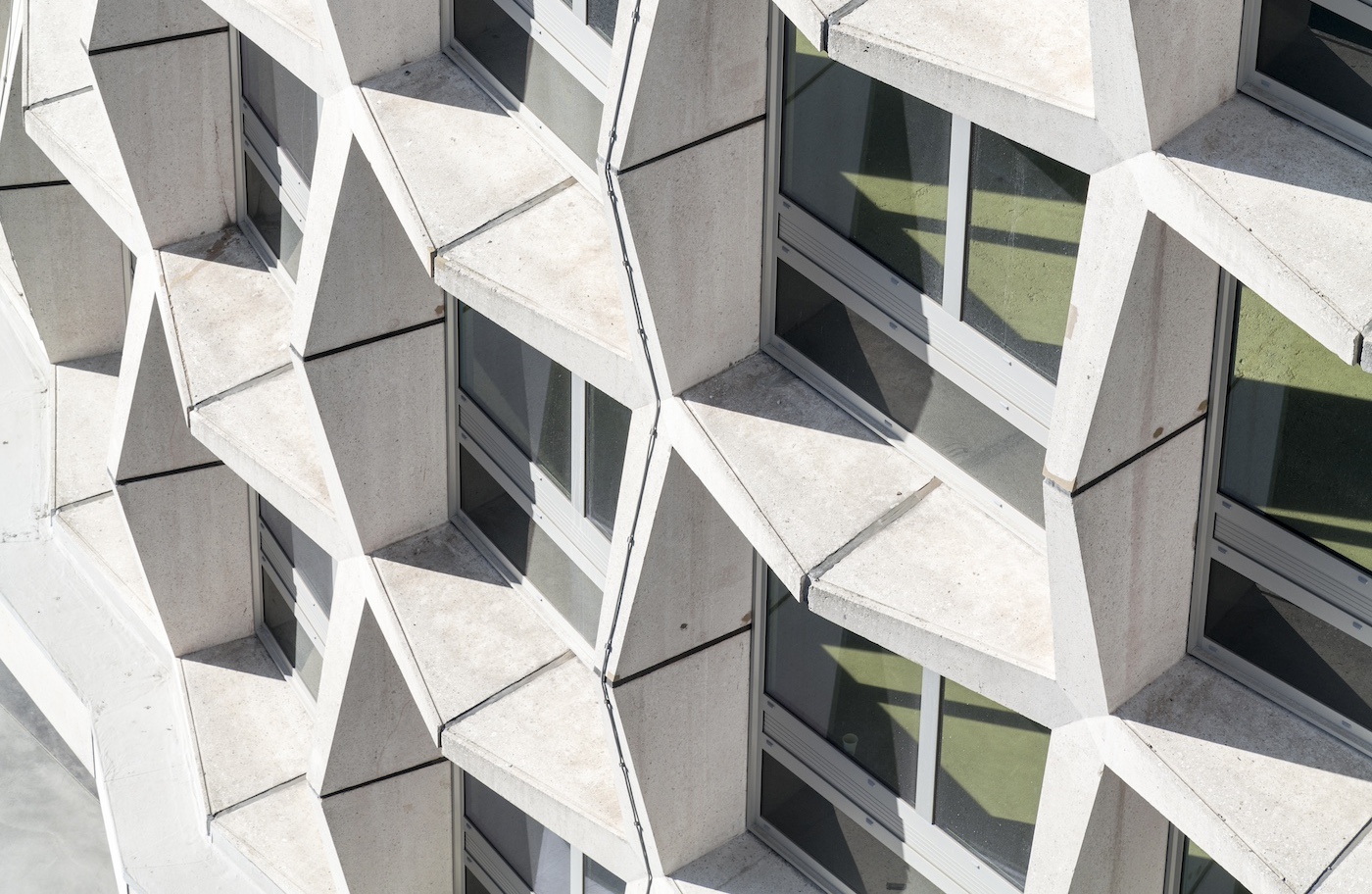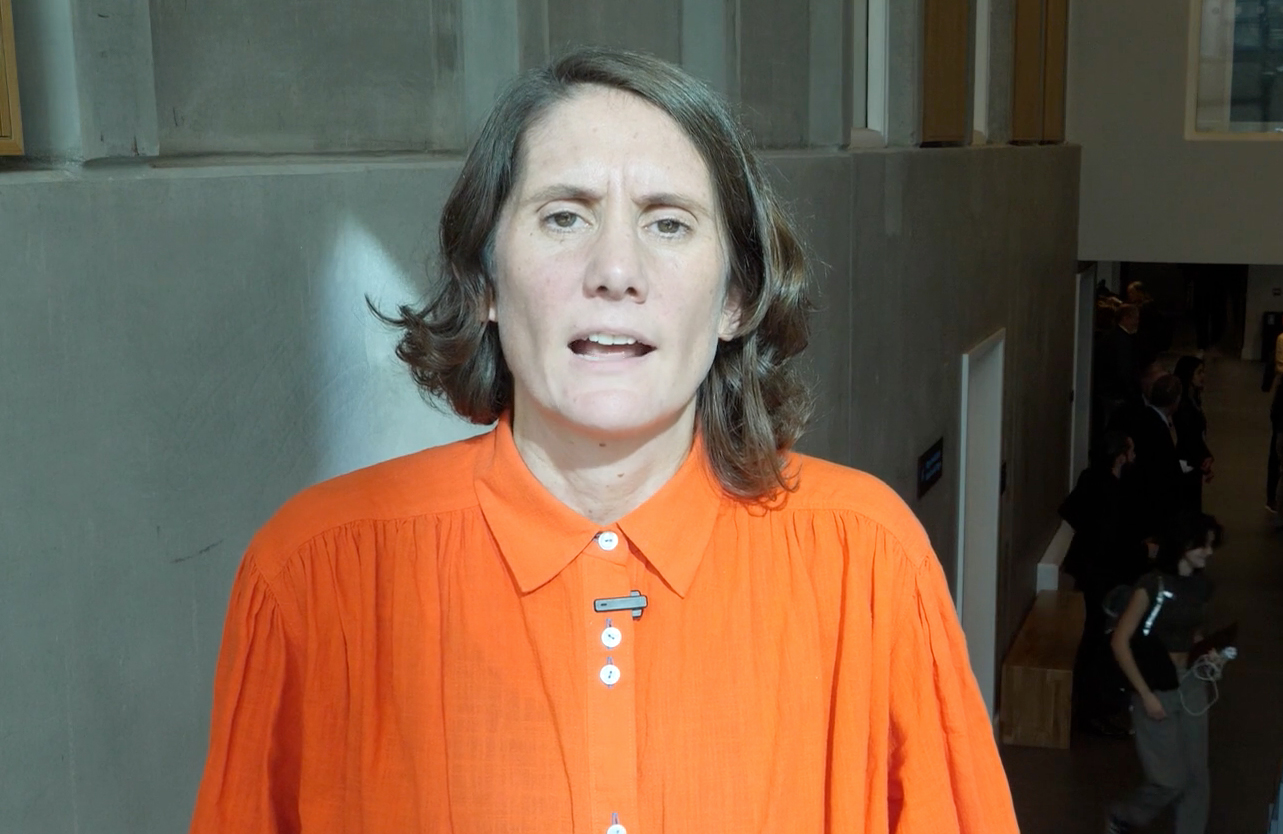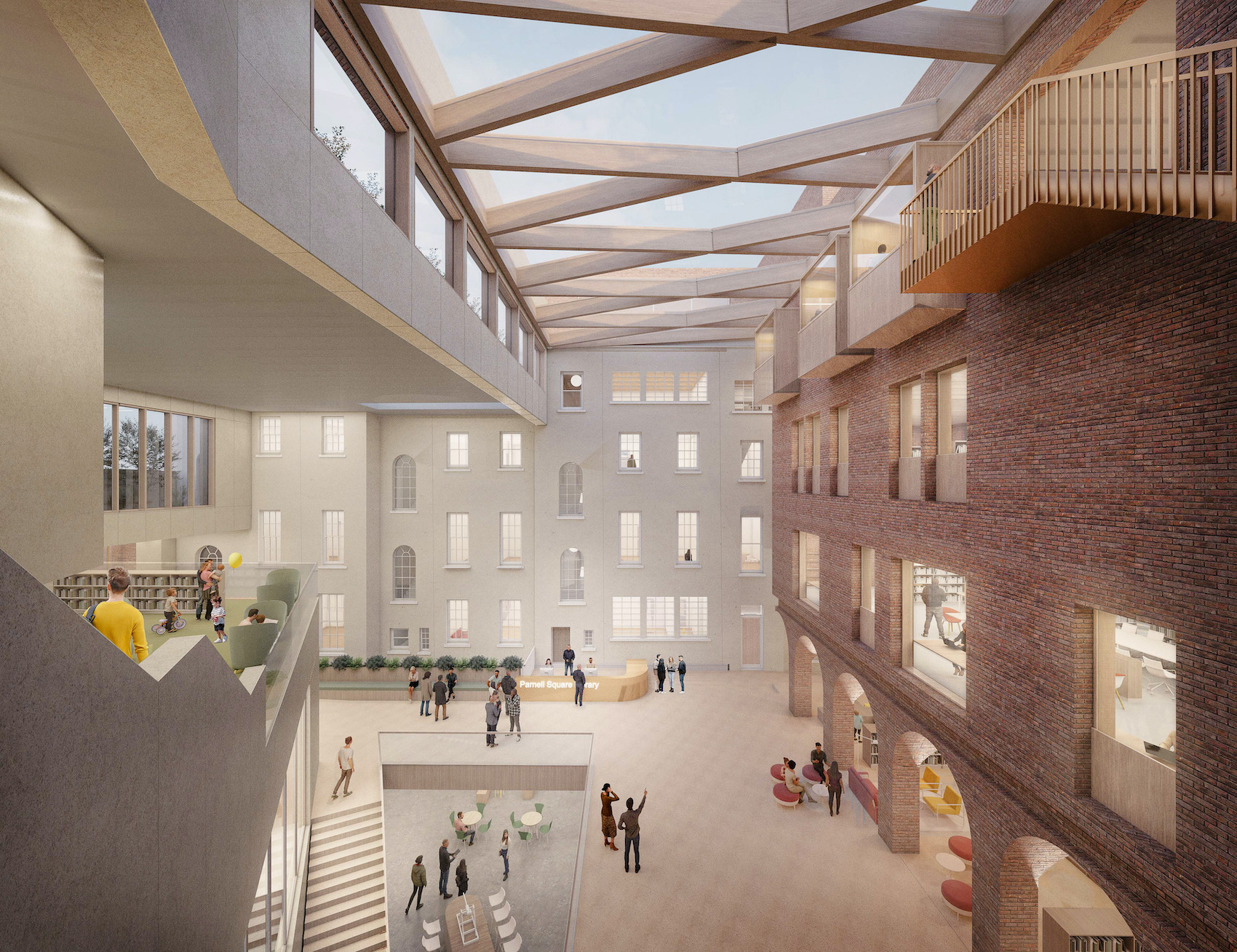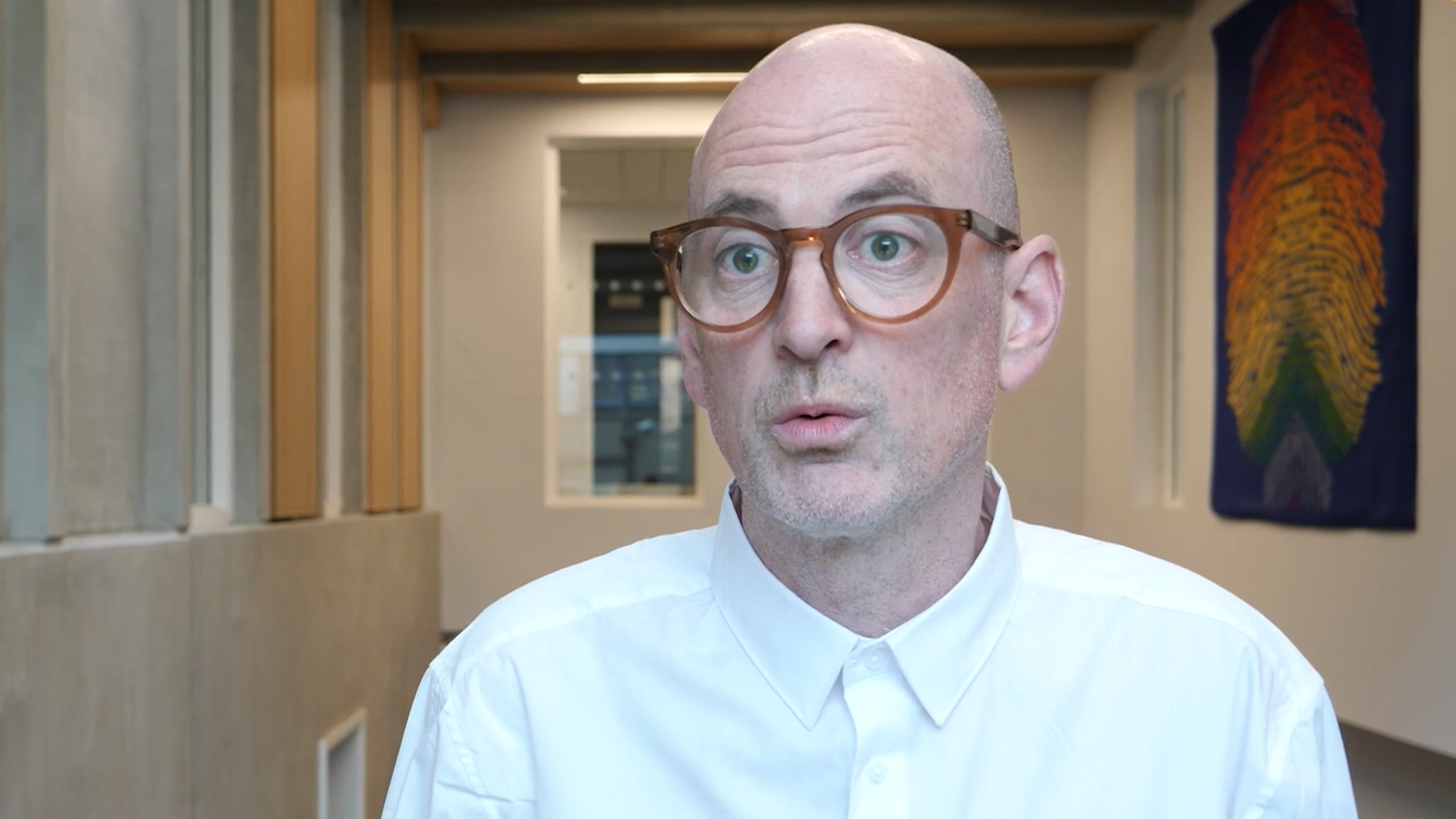Berlin is a living laboratory that continues to be a source of consternation, fascination and joy, writes Matthew Gandy.
In the hot summer of 2003 I arrived in Berlin to stay for 18 months. I lived in the former East Berlin districts of Mitte and Prenzlauer Berg, areas that survived the war largely unscathed, and became fond of the honeycomb structure of the Altbau apartment blocks with their crumbling Wilhelmine facades, spacious communal stairwells and atmospheric inner courtyards cluttered with dozens of bicycles.
Over the last five years a wave of gentrification has spread rapidly through many of the streets I know, but elements of the ‘alternative city’ that blossomed after the fall of the Wall in 1989 still remain, connecting with the cultural embers of the radical island city of West Berlin that had emerged in the 1960s and 70s. Western districts such as Kreuzberg and Neuköln that lay adjacent to the watchtowers and barbed wire of the DDR retain much of their original character, but they are changing. The angel of Wim Wenders’ film Der Himmel über Berlin (Wings of Desire) lands with a bump by the former Wall and exchanges his breastplate for an ill-fitting assortment of second-hand clothes; many of these thrift shops and small cafes remain but they are being gradually squeezed out.
Over many summers I have enjoyed swimming in the city’s network of lakes followed by a small picnic laid out under the dappled shade of waterside trees. Even on the hottest of days there is room for everyone to find their own patch of urban paradise. For Berlin’s Weimar-era planner, the remarkable Martin Wagner, public access to water was central to his vision for the city, as a liberating synthesis of nature and culture, in which the working classes could enjoy life to the full. Wagner’s emphasis on the ‘rationalisation of happiness’ was antithetical to the National Socialists and he was among the first of the city’s public servants to be dismissed in 1933. To get a sense of Berlin as a city of leisure one needs only to enter a beer hall in winter – captured in Siegfried Kracauer’s marvellous vignette Wärmehallen (Warm Rooms, 1931) – to be immersed in a dense fug of beer, food and conversation.
Among the many buildings I admire there is one that stands out magnificently: Scharoun’s Philharmonie (1963). This is not only one of the most beautiful buildings in the world but also one of the most technically brilliant: the shimmering sound is better than any other concert hall I have experienced. In the documentary Rhythm Is It! (2004), by Thomas Grube and Enrique Sánchez Lansch, we follow the newly-appointed director, Simon Rattle, as he seeks to connect the orchestra with the city, involving hundreds of underprivileged children in a full production of Stravinsky’s Rite of Spring. That Rattle has himself been the subject of scorn from conservative music critics in Germany shows that cultural institutions lie at the heart of tensions over urban identity: Whose orchestra? Whose city?
Though the Berlin cultural scene is known especially for the visual arts – the sheer abundance and variety of unused spaces has generated an upsurge of creative activity since the 1990s – it is perhaps the experimental field of electronic music that really marks the city’s contribution to contemporary culture. The music of Ekkehard Ehlers or Thomas Fehlmann transports the listener directly to Berlin and especially to the city of the night: the shifting lights of multi-lane highways, the distant rumble of the S-Bahn or the echoing shells of former industrial buildings. Berlin has a distinctive sound and space that brings an acoustic reverie to the experience of late modernity.
Past and present co-exist in Berlin to produce a sense of collective memory that is more palpable than many other cities with their lapse into cheerful amnesia and the selective memorialisation of the past. Seemingly innocent spaces can harbour dark secrets: I discovered that the vaults of the now gentrified water tower near to where I lived were used as a torture chamber in the 1930s, and anyone walking around Berlin may notice a poignant art installation by Gunter Demnig called Stolpersteine (Stumbling Blocks) which consists of brass stones set in the pavement inscribed with the details of people deported from adjacent buildings by the Nazis. More recently, terrorist legislation dating from the Baader-Meinhof era in the 1970s was used in 2007 to arrest and imprison the prominent sociologist, Andrej Holm, whose work on gentrification was seen as threatening to state interests; and in February this year, one of my PhD students was among those evicted from a communal squat in the Liebigstrasse by over 2,000 police.
The current mayor, Klaus Wowereit, has declared that Berlin is ‘poor but sexy’ in an apparent endorsement of the city’s paradoxical combination of economic malaise and cultural vibrancy. Yet Berlin is a divided and dividing city: the education system is emerging as a primary motor of social fissures and despite demographic change, voting patterns reflect the past with the former east overwhelmingly represented by Die Linke (heirs to the former DDR socialists now teamed up with Oskar Lafontaine’s breakaway faction of the socialist SPD); the radical Greens (who detest the so-called ‘realos’ that entered national government) poll heavily in Kreuzberg; the conservatives dominate the leafy south-west.
As a geographer I tend to see a city in terms of patterns: not the morphological contours of buildings but rather the interstitial spaces of nature and culture, the everyday foment of social and political life, and the sheer heterogeneity of space as its evolves through time. Berlin is a living laboratory that continues to be a source of consternation, fascination and joy.
Matthew Gandy is Professor of Geography at University College London, director of the UCL Urban Laboratory and co-founder of the Urban Salon.
AT216, March 11, p72.



